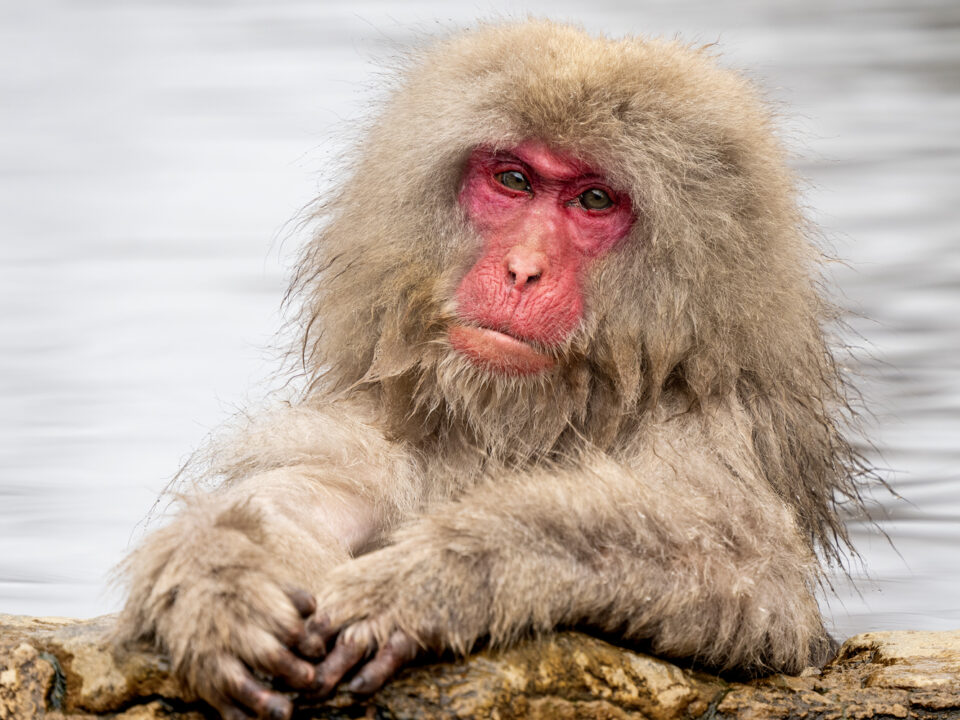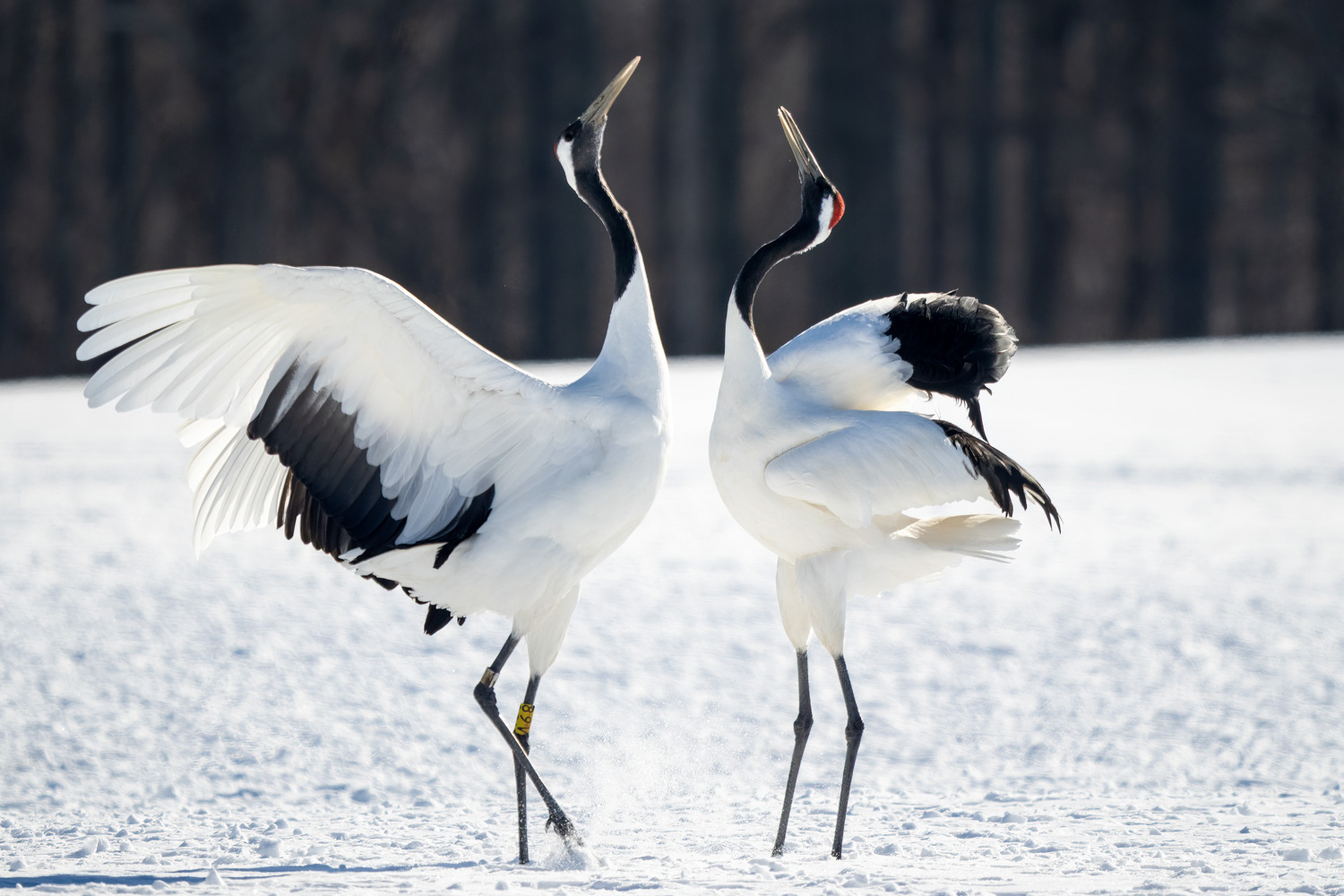Most of the time it’s easy to understand how the Van Os photo tours get their tour names. And this trip being christened “Japan’s Winter Wildlife” is no different. What the title can’t express is that this photo tour quickly becomes a leader’s most favorite tour—by the sheer quality of the photo opportunities we encounter during our wildlife adventure.
What makes this photo safari truly excellent? One might say, just the unique Japanese culture and excellent food alone would make this a great experience. Then consider traveling to the northern island of Hokkaido at a time of year when the winter snow blankets the landscape and the seasonal crowds of tourists have dissipated for the long winter months. With carefully chosen small and comfortable traditional inns close to our photo locations, we can slow down and enjoy the wildlife experience. This is where we find a great mix of charismatic bird species—elegant red-crowned cranes, majestic whooper swans, and two species of spectacular sea eagles waiting out the winter amidst a scenic backdrop of the rugged Japanese coastline. Then from Hokkaido and within an easy day of travel, we find ourselves in the company of the charming snow monkeys in the mountains near Nagano.
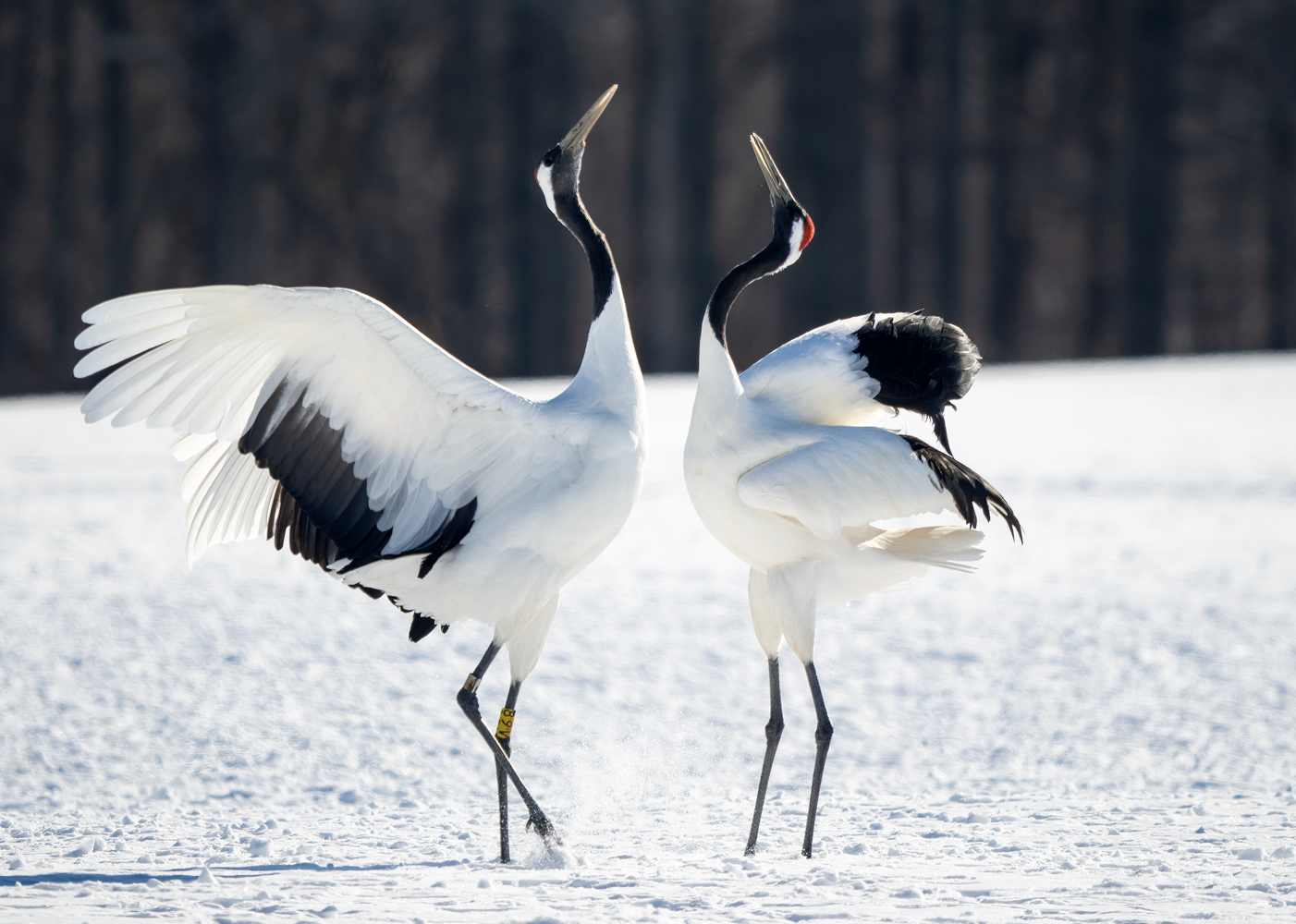
As with many of our Photo Safaris tours, the amount of time spent at each destination is well-figured into the tour, allowing for multiple chances to explore the varied situations to “get the shot.” This allows us plenty of opportunities to capture unique wildlife behavior and the flexibility to wait for more favorable light or to enjoy photogenic changes in the weather.
From the leader’s perspective, it is a great bonus to have an experienced local Japanese guide/interpreter along so I could focus much of my time assisting travelers with the wildlife and photo experience of the tour, while our trip participants also gain a greater appreciation of Japanese culture from our exceptional local guide.
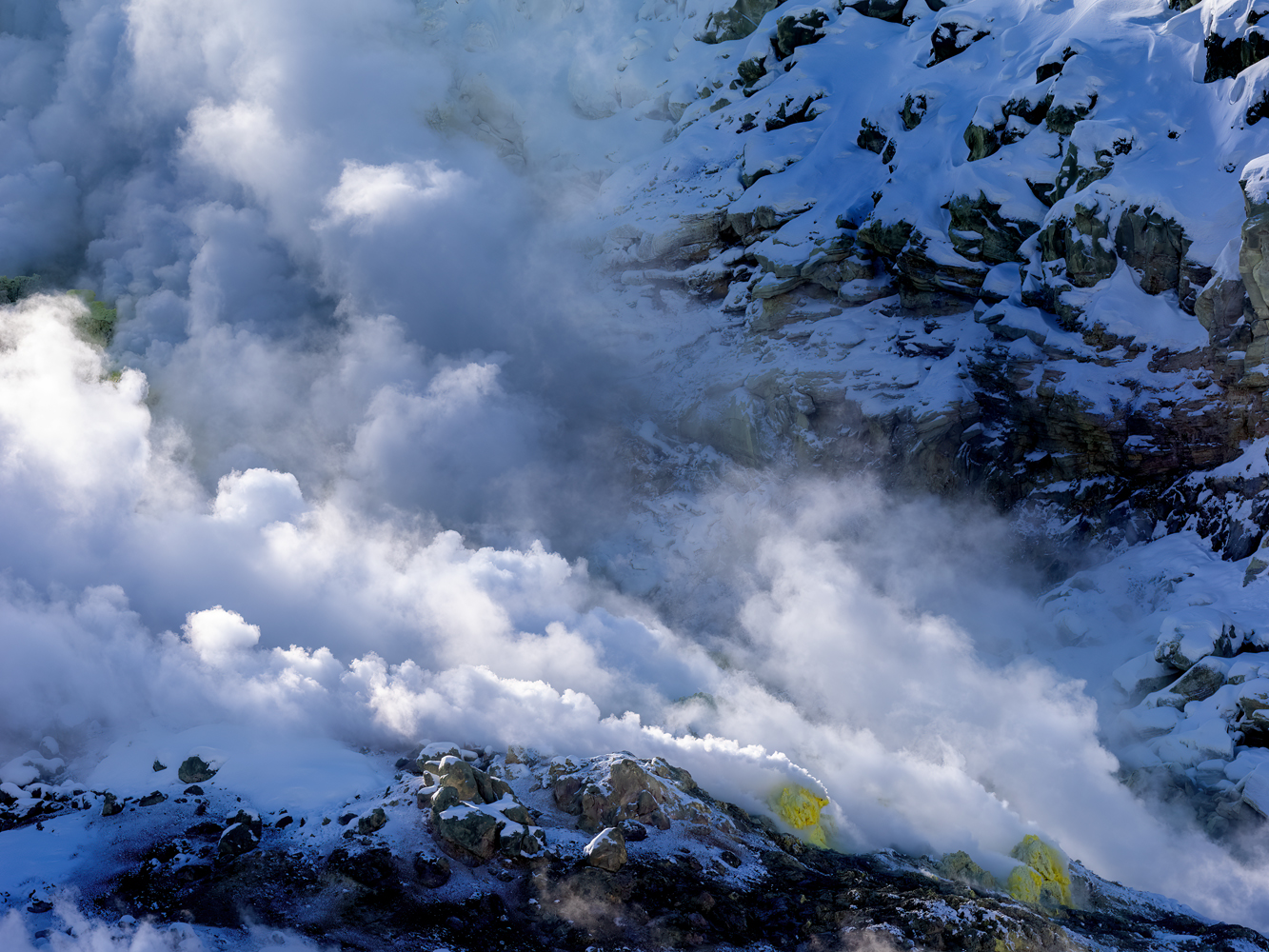
To start our adventure, our group gathered for an excellent dinner in Tokyo and a chance to discuss the details of the photography goals that lie ahead. The next morning begins with a short flight to Hokkaido Island, where the winter world of snow and geothermal landscapes welcomes us. A little less than an hour from our arrival airport in Kushiro, we arrived at the first of the two of our red-crowned crane sanctuaries we would photograph for the next few days. This is an area of undulating forested hills, divided by smoothly sculpted snowy pastoral valleys. The next three days gave us plenty of chances to photograph these graceful white cranes at close range in their wintery world. We all had a wonderful time photographing the action of cranes in flight, portraits of cranes against snowy forests as well as the seasonal courtship dances that usher-in cranes during the breeding season.
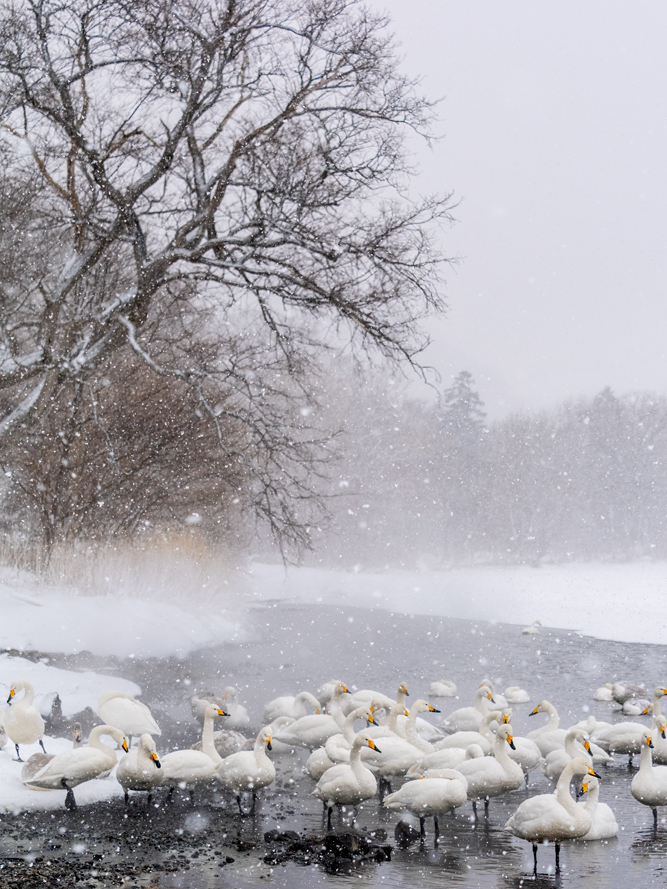
After our days with the cranes, we were off to a deeper winter world as we headed further north into the island’s interior where geologically recent volcanic activity produces a wealth of hot springs landscapes. Here on the shoreline of Hokkaido’s Lake Kussharo we tucked into our quiet little inn for our stay. The wildlife photography here is centered around the thermal water along the lake’s mist-shrouded edges. Any open water attracts a mix of ducks like common goldeneye, red-breasted mergansers and falcated ducks. Our main goal—focus our cameras on the hundreds of whooper swans that make the annual journey to the lake’s open leads from tundra and taiga lands further north in Siberia. We settled in for three days to photograph these elegant white swans at close range, all surrounded in misty forest and volcanic mountains at this picturesque location.
With our lodging only a stone’s throw from the shore of the lake, we kept busy between swan shoots by spending time photographing the many birds that found their way to the inn’s well-supplied bird feeders. We worked four species of woodpeckers, Eurasian nuthatches, and multiple species of tits at close range. I should also mention the group had fun getting photos of the charming Eurasian red squirrels that call the forest around the inn their home.
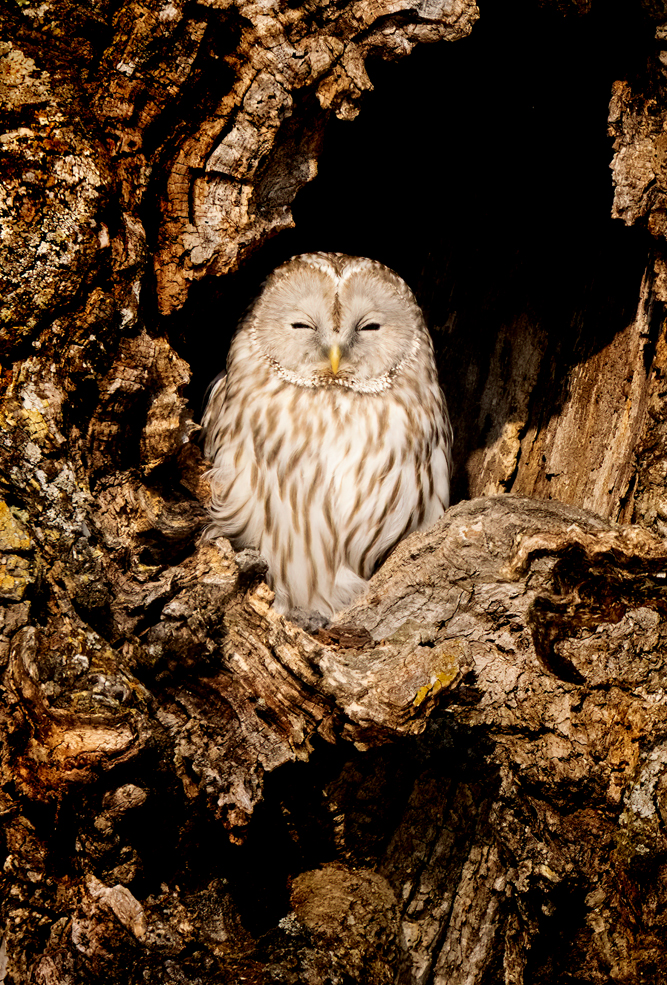
Our next destination would take us further to the North Coast of Japan at the place where we could literally see Russia. The drive over land offered us some great photo opportunities. Along the scenic journey to the coast, we had plenty of chances to photograph the islands’ numerous sika deer, red foxes and a few other species including a very cooperative Ural owl.
We traveled to Rausu for the chance to photograph eagles, both white-tailed eagles and the more impressive Steller’s eagles that make their way from south from the Siberian coast to winter in this beautiful area of Japan.
With decent weather, we had two morning cruises set up to take us out onto the icy water just offshore of Hokkaido’s Shiretoko Peninsula, across from Russia’s claimed Kuril Islands. A short and comfortable cruise positioned us right into the middle of the best eagle activity. The action was almost nonstop. With just a little practice, flight shots were easy to capture, as eagles swooped in to pull herring from the sea near to our forty-five-foot vessel. It was also very easy to get great portraits of eagles perched on the ice floe as the small boat could maneuver us right into the sea ice. We had two very successful boat trips to photograph both species of eagles.
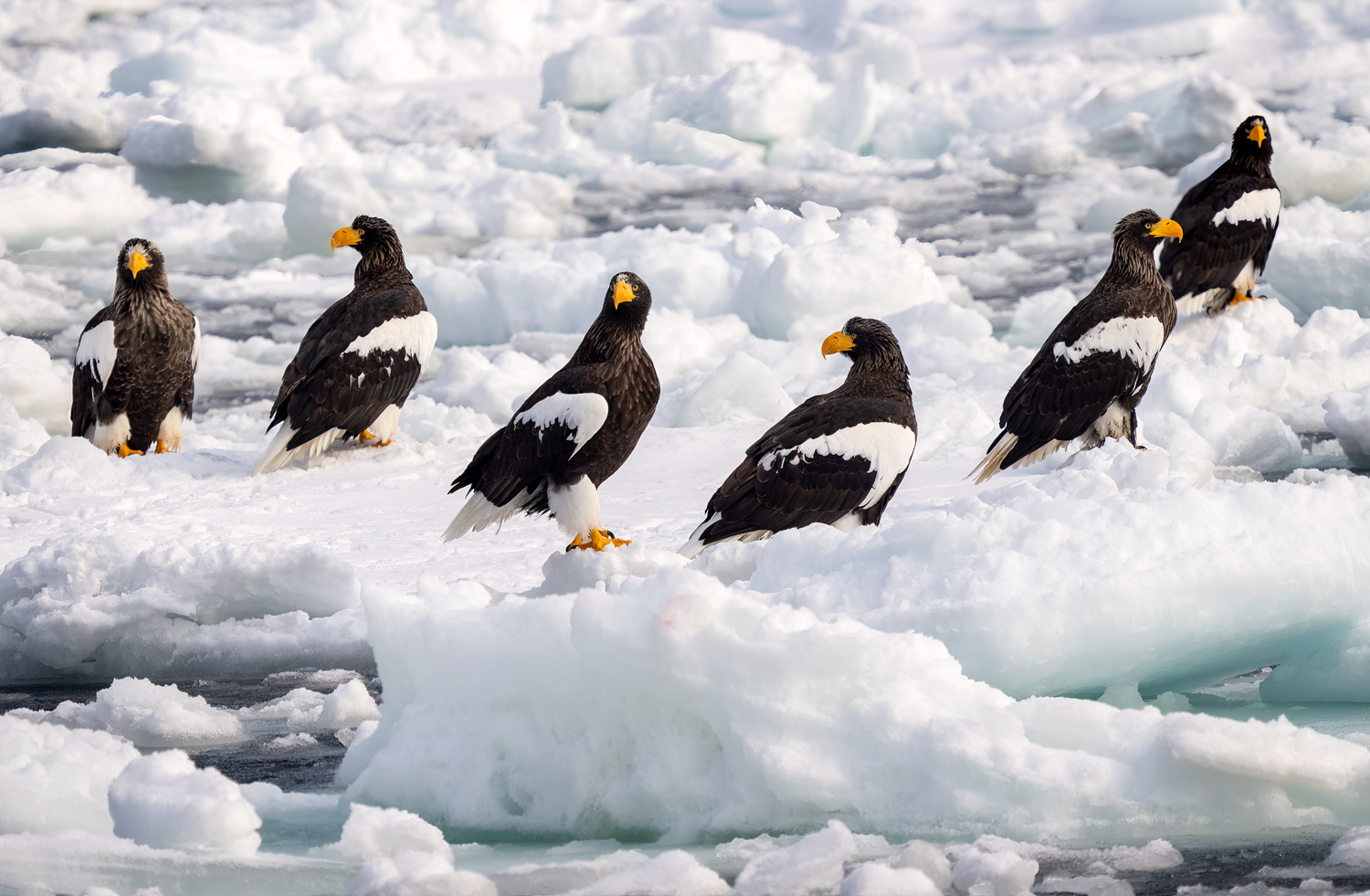
After saying goodbye to the eagles, it was time to depart the northern reaches of Hokkaido to make our way back to Tokyo. Then we continued onward to the hot springs and the Japanese macaques of the Jigokadani Monkey Park that awaited us.
To get to the Monkey Park, a short but beautiful snowy hike to our traditional lodging is necessary. The scenic trail takes us through a verdant Japanese cedar forest that delivered us to our riverside accommodation at the entrance of the monkey park. The traditional inn is a bit rustic, but comfortable, and the perfect location to put us in the middle of snow monkey society for three full days of great photography. It didn’t take long for the group to settle into making engaging images of these sybaritic macaques kicking it back soaking in the luxurious hot springs pool that draws nearly two hundred of these primates to the park. Having the three days to photograph here really gave us the opportunity to catch the many different antics of these charismatic primates all while they go through their daily cycle of activities. With time on our side, it was easy for us to indulge ourselves in monkey photography, taking advantage of the daily change of light and weather.
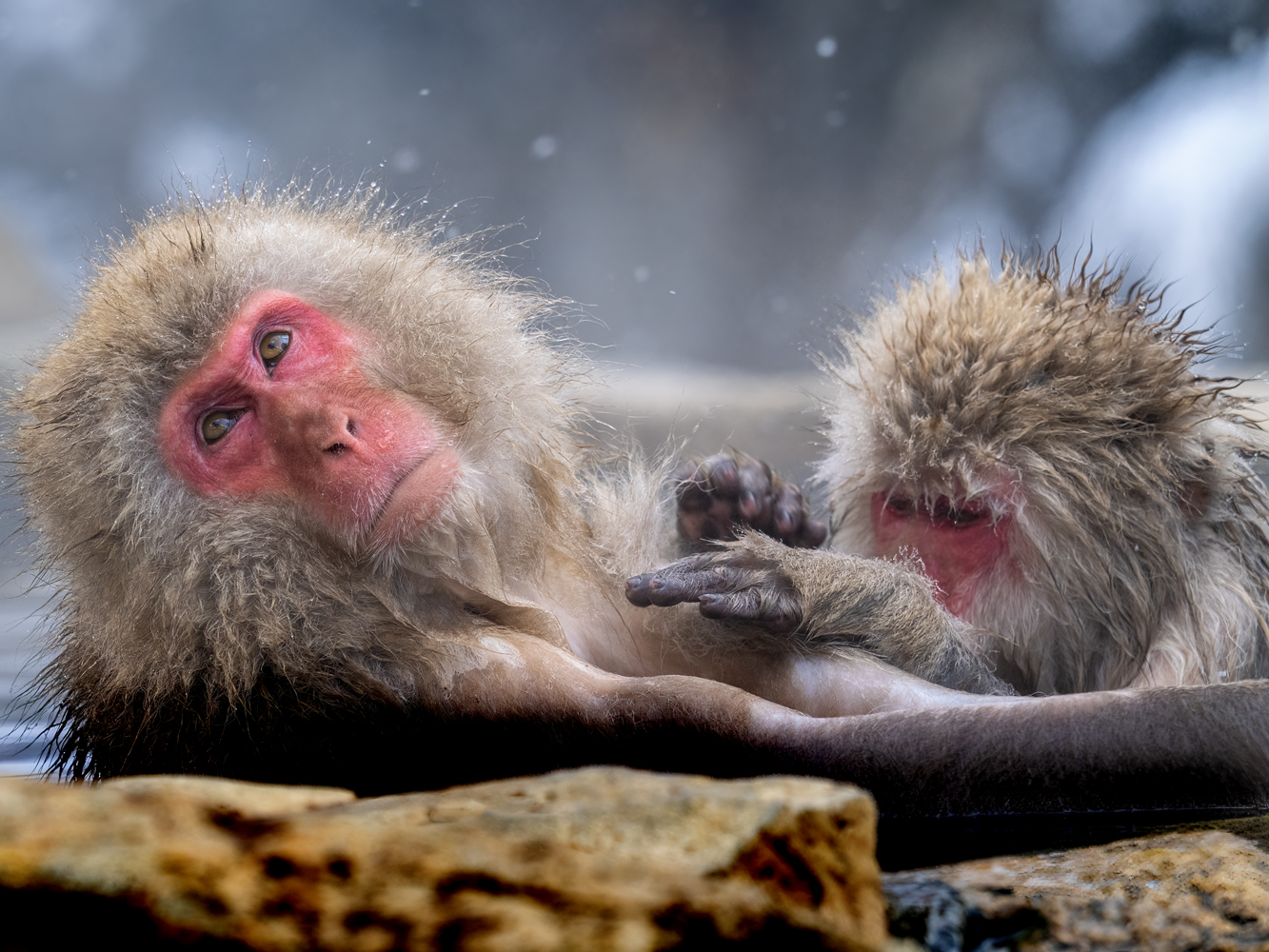
Back in Tokyo our trip was ending with one more overnight and an excellent farewell dinner before returning home. Throughout this photo tour, we found it extremely rewarding to experience the beauty and grace of Hokkaido’s wintering birdlife in all its grand snowy surroundings, while also including the opportunity to photograph the antics and personalities of the hedonistic snow monkeys that call the Jigokadani Monkey Park home. It’s easy to see why this winter wildlife destination remains one of the favorites for all JVO Photo Safaris tour participants, whether you’re a leader or a traveler.
